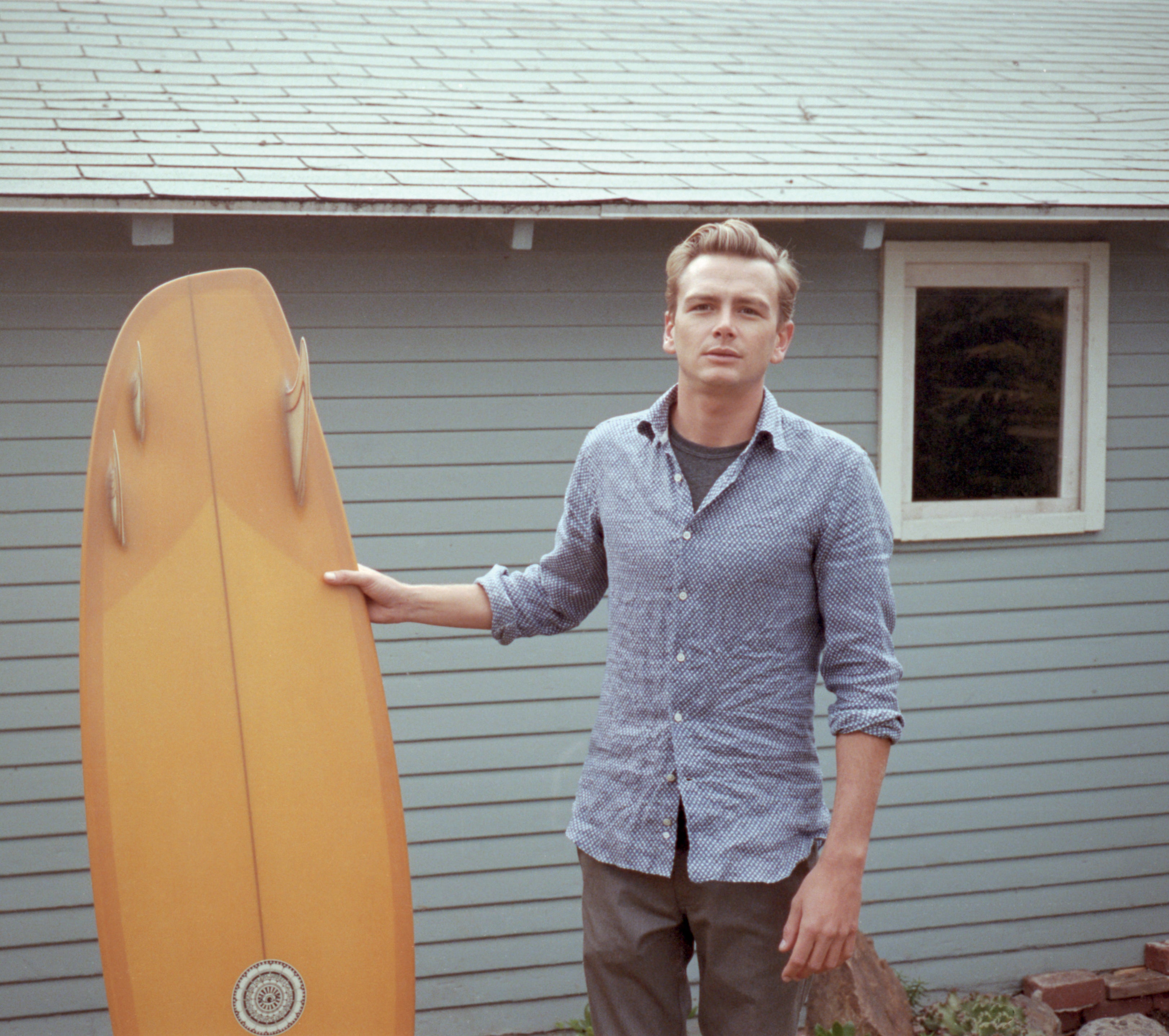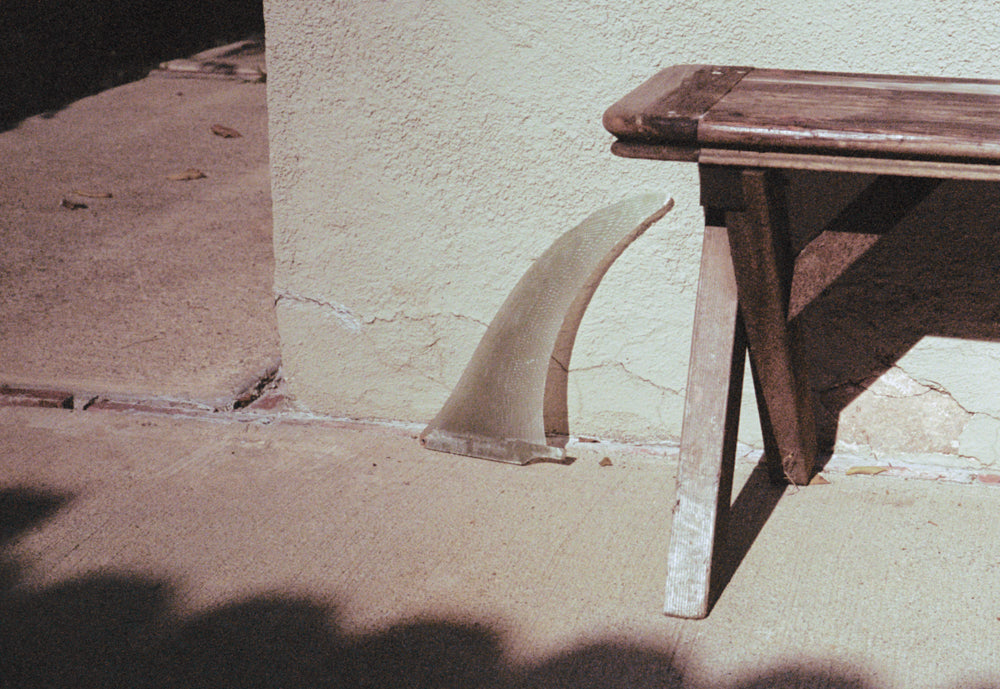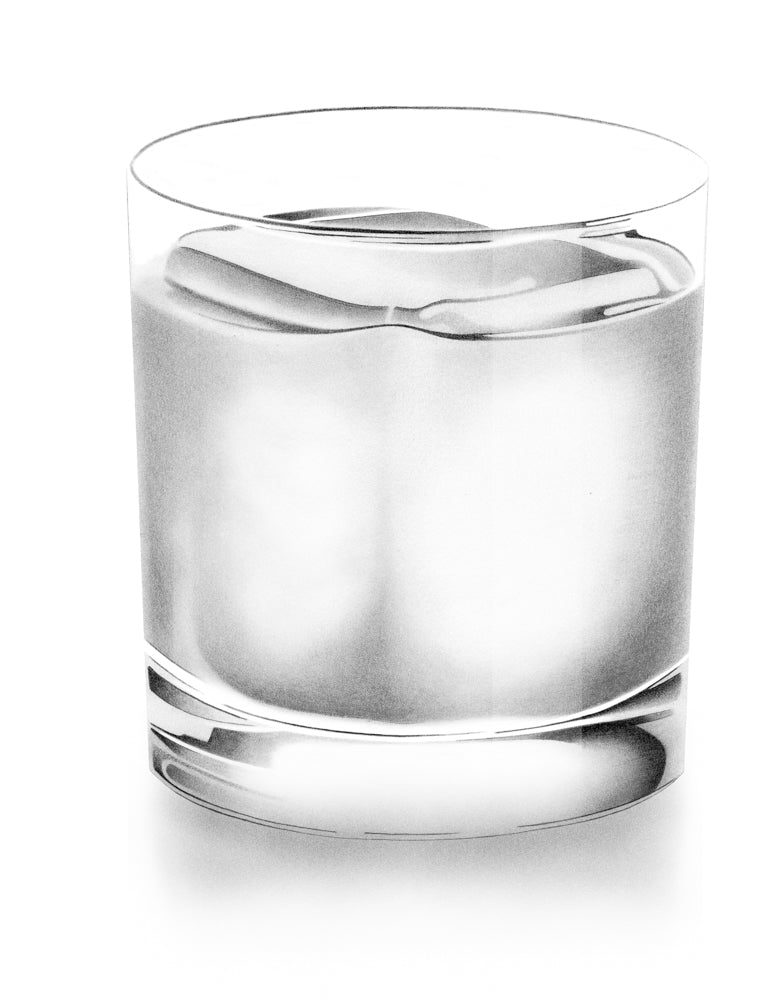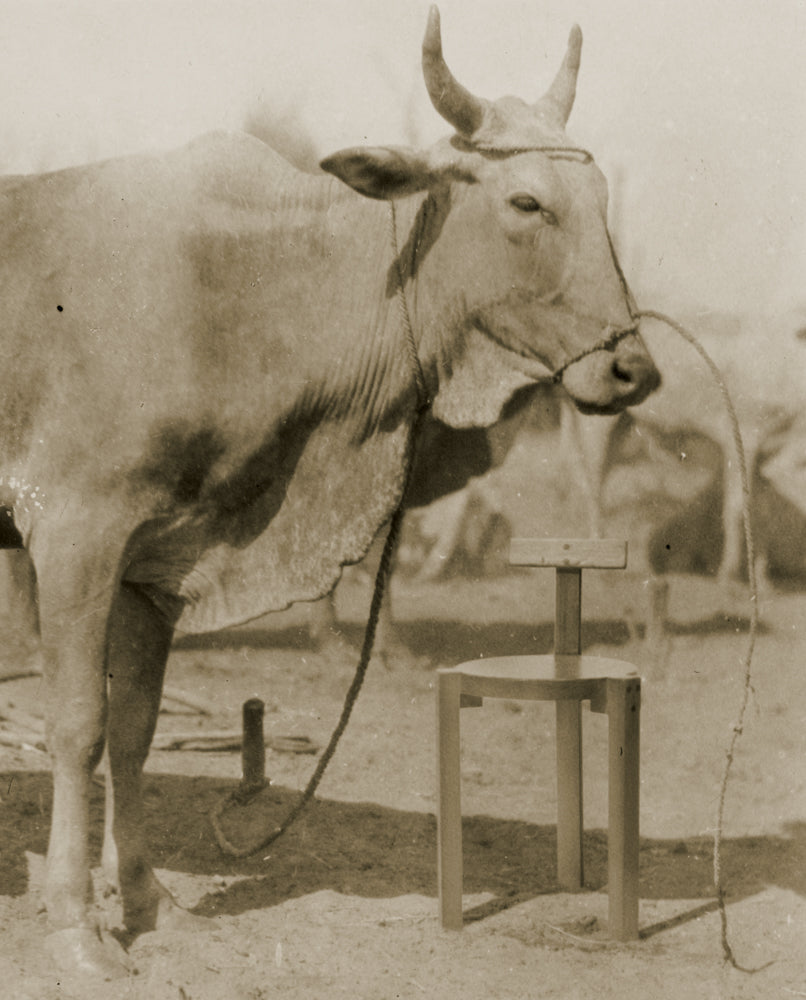
Surf Shapers
SURF SHAPERS

“His roommate was a surfer and suggested that he get aboard and paddle to strengthen his arm.”
By blending 18th century mathematical formulas and military naval architecture concepts into a primitive Hawaiian surfboard, Bob Simmons – an airfcraft engineer – gave birth to the fastest and most maneuverable wave riding machine of the 50’s. Too much ahead of his time, Simmons’ ideas would have to wait almost sixty years to be reinterpreted, tweaked, and celebrated. Today, directly inspired by his concepts or spiritualy influenced by his visions, a growing group of surfers and shapers in California is making the surfboards of the future.
“You can’t keep that down. It might disappear for a while, but it had to resurface one day. This is the root, the truth of the whole thing. It’s too dynamic, it’s too much fun to ride boards like that.”You can’t stop the taciturn yet enthusiastic Richard Kenvin’s effusions about Bob Simmons’ shapes. Born 50 years ago, Kenvin caught his first wave at Blacks Beach, north of San Diego, CA., when he was 12 and hasn’t stopped his search for speed and curves in the water since. He now directs the Hydrodynamica project where talented designers and shapers like Carl Ekstrom, Daniel Thomson and Ryan Burch work on the evolution of Simmons’ concepts.
Born in 1920’s Los Angeles, Simmons started surfing by accident – a bicycle accident. His skull and leg fracture healed well, but his shoulder was recovering very slowly. At the hospital, his roommate was a surfer and suggested that he get a board and paddle to strengthen his arm. By the time he’d started surfing, he had entered the prestigious Cal Tech University and became an engineer for Douglas Aircraft. At that time, surfboards were 75 pounds and no shorter than 10 feet. Before long, Simmons started thinking about ways to make things better.

In the mid 40’s, a naval architect was testing designs resembling ancient Hawaiian surfboards, like the paipo and alaia boards, to improve military powerboats. Lindsay Lord gathered the results of his tests into a book: The Naval Architecture of Planing Hulls. Armed with these concepts, Simmons studied the work of a Swiss-Dutch mathematician from the 18th century, Daniel Bernoulli. In his book Hydrodynamica, published in 1738, he’d already described the lift-effect that explains the way an airplane wing works. By applying these concepts to the shape of a surfboard, Simmons managed to create a board that would have smoother glide and more maneuverability.
By using the same principles in making wings, he designed a new type of rail that would literally lift the board off the water and add a lot of speed. An all-new kind of surfboard was born. Unfortunately, the 50’s were not ready for such strange boards, and the death of Simmons, surfing at Windansea beach, stopped the development of the concept.
In the frame of the Hydrodynamica project, Richard Kenvin and John Elwell, friends and surf buddies of Simmons, commissioned a series of boards very closely based on the original ones. “This mini-Simmons is 6’0” x 23’’, and built in September 2006, the ‘first’ of the modern era,” Kenvin explains about the entirely white board he holds. “The dimensions for the Mini-Simmons were taken directly from John Elwell’s original dual keeled Simmons board. These boards are perhaps more relevant today than at any other time in surfing history. With the advanced cad design programs now available it is possible to reference the original planing hull concept and blend it with contemporary designs to make better boards. It’s old, but it can be tweaked in many ways. That’s what’s going on right now that’s really good for surfing and for the cultural identity of surfing. It’s great. If we can feel connected to that stuff, we should.”

With his Bar Of Soap (a rectangular board under 5 feet long), Tyler Warren might be the closest descendant of the Simmons spirit. But he didn’t stop there - he went asymetrical. ”His approach is more about personal aesthetics and stylised idealism than it is about raw creativity and originality,” Kenvin writes about him. “Borrowed ideas perhaps, but Tyler applies them in genuinely innovative ways. He has an innate design sense and the talent and ablity to customize the various genres for his own use. ”His asymetrical surfboard (5’11’’ X 19’’ 1/3 X 2’’ 3/8) is the fruit of discussions with the La Jolla born-and-raised Carl Ekstrom, father of asymetrical surfboards, and hours spent in the water with Ryan Burch, a young, talented surfer and shaper.
“With his Bar Of Soap (a rectangular board under 5 feet long), Tyler Warren might be the closest descendant of the Simmons spirit.” Kenvin writes about Tyler Warren.
Barely 25 years old, Warren just bought a house not far from where he grew up behind Dana Point. He shares his time between shaping boards shipped all over the world and painting images from a past golden era of California, usually sold before the shows. His kindness matches his elegance on land as well as on a surfboard and makes him seem like he has lived a couple lifetimes before this one to achieve so much at such a level of maturity.
More aggressive and heading toward performance, Daniel Thomson, from Australia, has embraced Simmons’ concepts and pushes them as far as possible. He shaped his first surfboard at the age of 12 and hasn’t stopped since. An extremely fast and radical surfer, he won some contests before devoting his talent to the art of shaping. His ultra-modern designs twice got him the high recognition of the Del Mar Sacred Craft Expo.

Whereas Simmons was inspired by Lord and Bernoulli, Thomson went even further in the analyses and parallels of aircrafts. Starting from the observation that the fastest and most manueverable planes are army jets, like the F-16 and Raptor, he decided to apply more straight lines and sharp angles to his designs. The results are astonishing surfboards that always attract the attention of other surfers in the water. With their ultra-modern look, his boards seem almost unridable; too short, too narrow. But the first ride is an amazing experience, not far from a magic trick. The board barely floats, but once the surfer jumps on it, gliding down a wave, it looks like little hidden engines are propelling them slightly above the water. It’s literally a take-off.
One step further, his latest Fusion design (5’3 x 18 1/4” x 2) combines asymetric straight lines with hard angles. It looks as though a few different boards have been blended into one. Maybe never before has the idea that surfboard shaping is a functional art been more obvious. “The board is 7’3’’ long, 3 inches thick and 19 inches wide, equally inspired by late 60’s transitional surfboards and early 70’s backyard-style shapes,” explains Alex Knost. ”The design ideal enhances average sized California surf. The end result offers less high performance maneuvers, but rewards a sort of free-and-easy feeling, often regarded as trimming or riding the curl. Something more introvert, I suppose; less precision, more of an interior sensation.”
Chris Del Moro was one of the first to resume riding the alaia, a simple single-ply of wood used by ancient Hawaiians. No fin, no buoyancy, just pure speed.
25 years old, living in Costa Mesa with his girlfriend and partner in their band Tomorrows Tulips, Alex Knost is a major figure in the surf scene today. Where most surfers are battling to achieve the most radical move in an often tense ambiance, Knost is inspired by surfers of a time where skills were synonymous with humor and creativity. In the last Thomas Campbell movie, The Present, Knost rides a longboard on a ski-training machine and manages to surf the wave while dressed in a hilarious Swedish gym-addict outfit. Taking deep roots and inspiration from the 60’s, Knost reaches a modernism in his surfing and shaping that gives a clever and smart breeze, much needed in nowadays’ surf industry.
Chris Del Moro doesn’t shape. But he might be one of the best test pilots available. He was one of the first to resume riding the alaia, a simple single-ply of wood used by ancient Hawaiians. No fin, no buoyancy, just pure speed. Pretty much impossible to surf for the great majority of surfers, he took it to one of the biggest and most powerful swells in the world – Waimea.
Half Italian, he shares his time between Florence and Los Angeles. A self described ”Big-Foot believer, earth loving sea gypsy and proud of it,” Del Moro rides pretty much every kind of surfboard and always looks forward to try what he doesn’t know. The most amazing thing about Del Moro’s way of life hits when he gets out of the water: his face and eyes glow with an amazingly contagious joy that would make anyone want to go surfing right away. It’s with this powerful enthusiasm that Del Moro rides and tests surfboards, like the asymetricals from Carl Ekstrom and Bing surfboards.

“In the early years of 2000, I was fortunate enough to witness firsthand the birth of the Hydrodynamica Project,” says Joe Skoby, a young, incredibly talented surfer from San Diego. “Surfing Windansea regularly gave me the chance to see Richard Kenvin. Personally, it was one of the most influential and inspiring experiences in wave riding that I have observed. The distinct designs of the Simmons inspired boards, or fishboards, like the Steve Lis fish (5’6” X 21’’), shaped in 2005 for Hydrodynamica, under Kenvin’s feet, drew lines on waves with an effortless beauty that was completely captivating. Through his vision, the boards were transplanted into the context of the present and have since been able to flourish and transform through the hands of those with an open mind and a desire to create.”
Kenvin says Skoby is the most graceful surfer on Simmons inherited boards. Skoby’s way of surfing, in return, inspires Kevin, who continues his quest for ever more innovative designs. Working at nights to make a living, Skoby persues a vision of life that some talk about, but few actually experience. “I strive to live a simple life, full of things that today’s society might not view as having the utmost importance. Perhaps I long for a time past, where basic movements were the commonplace. Essential to this lifestyle equation is surfing. It is undoubtledly the most elevated act of purlely living in the moment. A dance with nature in the most intimate of ways. In many ways my entire ethos of living is directly correlated with surfing.”


